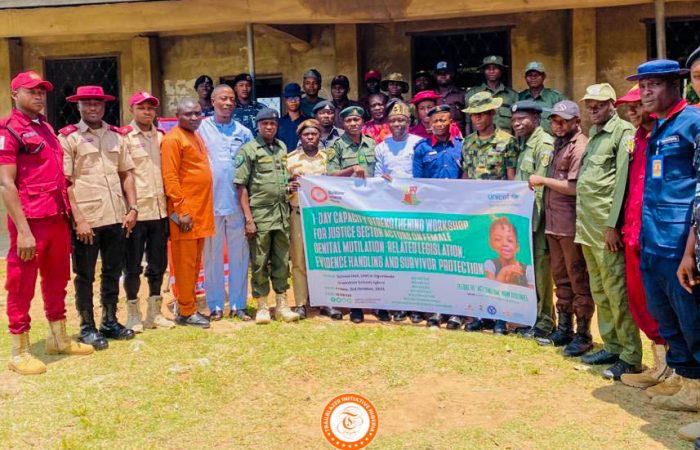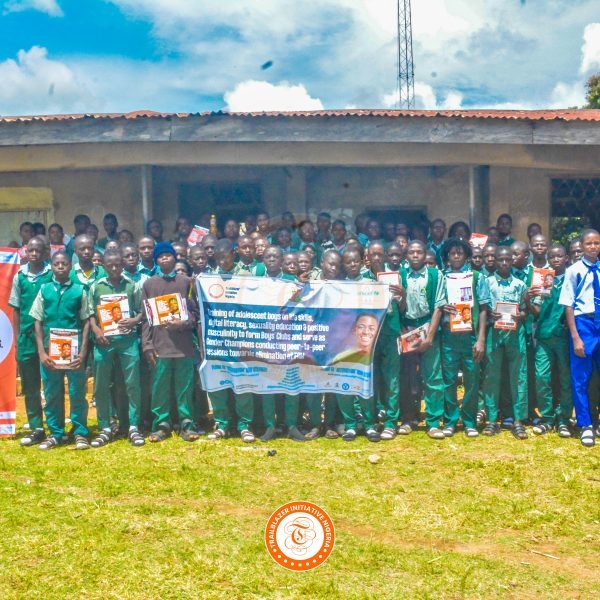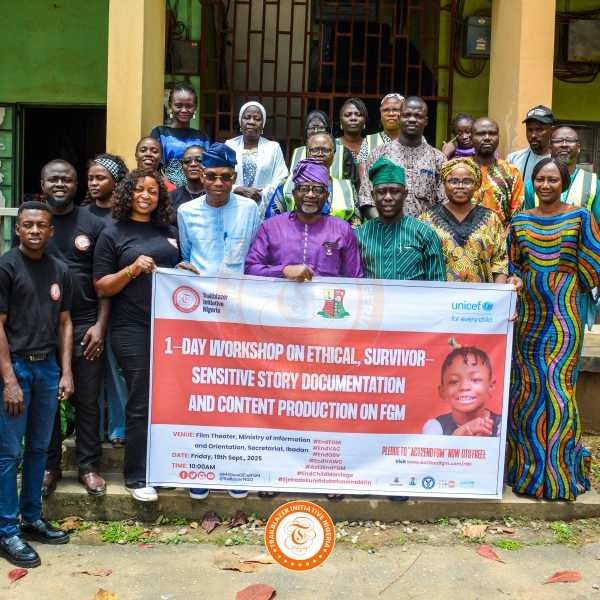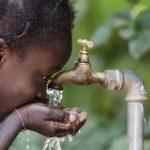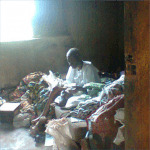Cholera is a life-threatening disease caused by the bacterium Vibrio cholerae. It is primarily spread through contaminated water and food, often in areas with poor sanitation. With the potential to cause severe dehydration and death within hours if left untreated, cholera remains a significant public health challenge in many parts of the world. This blog post aims to raise awareness about cholera, its causes, symptoms, prevention, and treatment.
What is Cholera?
Cholera is an acute diarrheal illness that can lead to severe dehydration and electrolyte imbalance. The disease is characterized by the sudden onset of profuse, watery diarrhea, which can quickly lead to dehydration and, in severe cases, death. The disease is most common in places with inadequate water treatment, poor sanitation, and inadequate hygiene practices.
Causes and Transmission
Cholera is caused by the ingestion of food or water contaminated with Vibrio cholerae bacteria. The primary sources of contamination include:
- Contaminated Water: Drinking or using contaminated water for cooking and cleaning is the most common way cholera spreads.
- Contaminated Food: Consuming raw or undercooked seafood, fruits, and vegetables that have been contaminated with cholera bacteria.
- Poor Sanitation: Lack of proper sanitation facilities and hygiene practices can facilitate the spread of cholera.
Symptoms of Cholera
The symptoms of cholera can range from mild to severe and usually appear within two to five days after exposure. Common symptoms include:
- Severe Diarrhea: Sudden onset of painless, watery diarrhea, often described as “rice-water” stools.
- Vomiting: Frequent vomiting can accompany diarrhea.
- Dehydration: Rapid loss of body fluids leads to severe dehydration, characterized by dry mouth, extreme thirst, sunken eyes, low blood pressure, and rapid heartbeat.
- Muscle Cramps: Loss of electrolytes can cause painful muscle cramps.
In severe cases, cholera can lead to shock and death within hours if not treated promptly.
Prevention of Cholera
Preventing cholera requires a multifaceted approach focused on improving water, sanitation, and hygiene (WASH) practices. Key prevention strategies include:
- Access to Clean Water:
- Ensure that drinking water is safe by using water purification methods such as boiling, chlorination, and filtration.
- Promote the use of treated or bottled water for drinking and cooking.
- Proper Sanitation:
- Implement and maintain proper sanitation facilities to prevent contamination of water sources.
- Promote the construction and use of latrines and toilets.
- Good Hygiene Practices:
- Encourage regular handwashing with soap and clean water, especially before eating and after using the toilet.
- Educate communities about safe food handling and preparation practices.
- Health Education:
- Conduct public awareness campaigns to educate communities about cholera prevention and symptoms.
- Promote the use of oral rehydration solutions (ORS) and zinc supplements to manage dehydration.
Treatment of Cholera
Cholera can be effectively treated with prompt and appropriate care. The primary treatment strategies include:
- Rehydration:
- Oral Rehydration Solutions (ORS) are the cornerstone of cholera treatment, replenishing lost fluids and electrolytes.
- In severe cases, intravenous fluids may be required to quickly restore hydration levels.
- Antibiotics:
- Antibiotics can shorten the duration of illness and reduce the severity of symptoms. However, they should only be used in severe cases or as recommended by a healthcare provider.
- Zinc Supplements:
- Zinc supplements can help reduce the duration and severity of diarrhea in children with cholera.
Conclusion
Cholera remains a significant public health challenge, but it is preventable and treatable. By improving access to clean water, enhancing sanitation and hygiene practices, and educating communities, we can reduce the incidence of cholera and save lives. Let’s work together to raise awareness and take action to combat this deadly disease.

